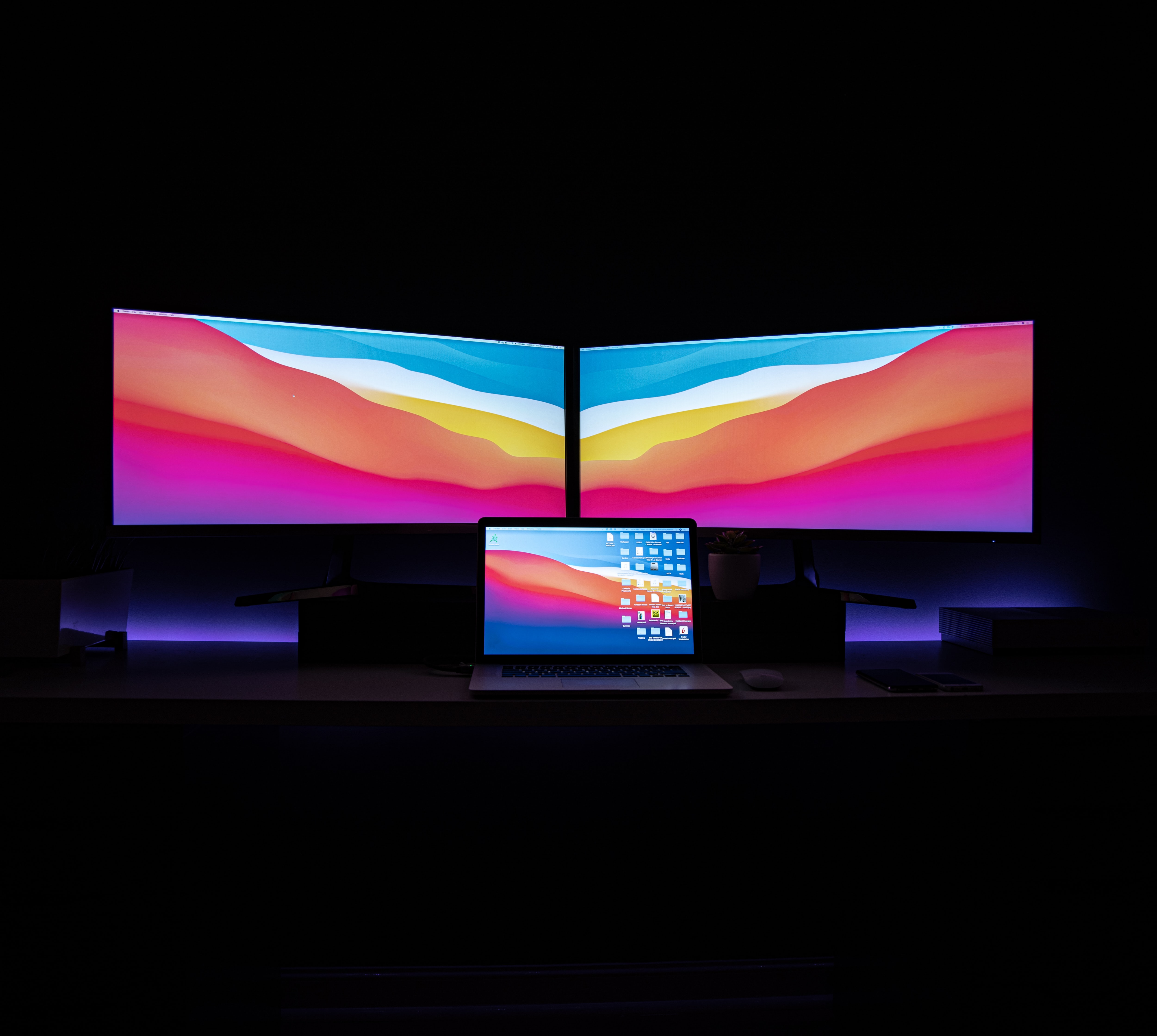What is linear tv programming, and how can advertisers benefit from it in 2024?
Traditional linear TV programs may not have their former reach, but advertisers can still benefit from the format
Not long ago, every audience followed programming schedules to watch their favorite TV shows. Today, traditional linear TV competes with multiple on-demand entertainment options.
Yet even now, the format continues to persist as an advertising channel. In this article, we’ll examine this market and answer key questions for marketers: Does the format reach audiences? What is linear TV programming like in 2024? And what are the benefits and disadvantages of the channel?
Dig deeper with The Marketer's Guide to Linear TV Advertising in 2024.
What is Linear TV Advertising?
So what is linear television? This medium is the traditional method of delivering televised entertainment and advertising. Advertisers and ad agencies typically determine a target audience, budget, and campaign goals in advance, then negotiate with TV networks to buy the most relevant ad placements during programs. Once the ads air, brands analyze performance through reach and engagement metrics.
The significance of linear TV lies in its historical dominance in television consumption. For decades, linear TV was the primary way people accessed the latest news and entertainment. This dynamic helped networks reach wide audiences while precisely controlling inventory across their platforms.
Compared to on-demand viewing, linear TV does not offer the flexibility of choosing when to watch specific content. Instead, viewers must adhere to the network’s schedule. With the rise of streaming services and digital recording, on-demand is finally challenging the dominance of linear TV programming and advertising techniques.
Does Linear TV Still Matter for Advertisers?
Linear network TV is still relevant for advertisers due to its unparalleled ability to reach a large and diverse audience. Major events such as the Super Bowl, award shows, and live sports draw in millions of viewers, making them prime opportunities for targeted advertising. Advertisers can capitalize on these events to connect with specific demographics and tailor their messaging accordingly.
Linear TV also offers an immediate, communal viewing experience that is difficult to replicate with on-demand formats. When audiences gathered en masse to watch Game of Thrones or The Walking Dead, they knew they were viewing content that wasn’t available anywhere else. Additionally, linear TV continues to appeal to older demographics who may not be as engaged with digital or streaming options. This demographic represents a significant portion of the consumer market and is a valuable target for advertisers.
Benefits of Linear TV Advertising
Linear TV advertising offers several notable benefits for businesses. One key advantage is its non-skippable ads, ensuring that viewers are exposed to the advertisement without the option to fast forward. This significantly increases the chances of the ad making an impact on the audience. Additionally, linear TV advertising is considered credible and brand-safe due to its expensive and highly regulated broadcasting requirements, leading to higher levels of trust and engagement.
Disadvantages of Linear TV
Linear media faces several disadvantages in today's fragmented content landscape. One major challenge is reaching a shrinking audience, as young viewers increasingly turn to on-demand and streaming platforms. This makes it difficult for advertisers to reach target audiences within younger demographics.
Another disadvantage is the lack of precise targeting and attribution options. On traditional cable channels, for example, advertisers have difficulty targeting specific demographics or tracking the return on investment (ROI) for their ads. This can result in wasted resources and a lack of insight into the effectiveness of their campaigns.
The high cost and cluttered nature of linear TV ads also pose challenges for advertisers. With a large number of ads competing for attention during commercial breaks, it can be difficult for a brand to stand out and make a lasting impression.
Despite these disadvantages, linear TV advertising remains popular and effective due to its wide reach and ability to create brand awareness. However, the difficulty in targeting specific audiences and tracking ROI continues to be a significant drawback for many advertisers in today's digital age.
Linear TV vs Connected TV
Linear TV focuses on scheduled programming from specific channels, but there are television-based alternatives. Connected TV devices now stream television content through the internet using services like Netflix, Hulu, and Amazon Prime Video.
Connected TV has revolutionized TV advertising by allowing advertisers to reach their target audience more effectively. With connected TV, advertisers can leverage data to target specific demographics, interests, and behaviors, allowing for more precise audience targeting compared to linear TV. This platform also offers better tracking and measurement of ad performance, giving advertisers more insight into their campaign's effectiveness.
Connected TV also provides access to a diverse and growing audience, including niche audiences that may be harder to reach through traditional linear TV. Additionally, connected TV can offer more cost-effective and efficient ad placement options, as well as the ability to create more interactive and engaging ad formats.
Make tvScientific Your CTV Partner
tvScientific was co-founded by senior executives with deep roots in search, programmatic advertising, digital media, and ad verification. We think scientifically, and our results are driven by a belief in one, simple formula: Trust = Data x Transparency x Control.
With powerful attribution capabilities, real-time reporting, automated optimization, and built-in, always-on testing, we believe that tvScientific provides the most robust, transparent, tailored CTV advertising platform. Once you see it for yourself, we know you will too. Request a demo today.







